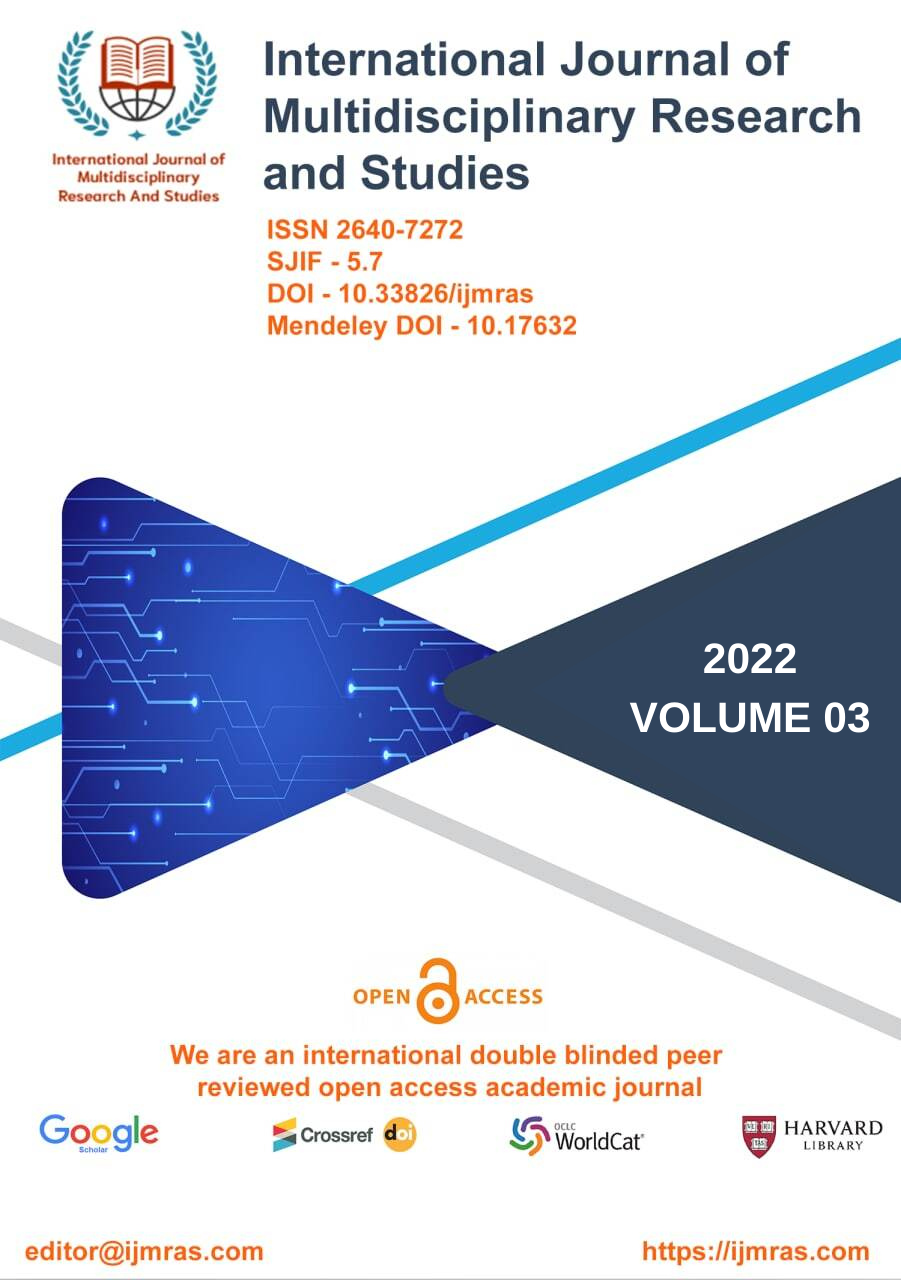A STUDY OF ROLE OF TECHNOLOGY IN RETAIL MANAGEMENT

Abstract
When each of these components is brought together, the end result is the construction of a solid base that serves as an excellent foundation for ensuring that the opportunity is utilized to its fullest potential. When all of these elements are brought together, the end result is the construction of a solid base. One type of business plan that could potentially benefit from the opportunities is one that describes a retail establishment that uses the internet as the platform to deliver their goods and services to customers. This type of plan is an example of a business plan that could potentially profit from the possibilities. Notably, the adoption of this sort of business model would call for the construction of highly developed technological structures that would boost the pace at which products could be transferred and the number of individuals who had access to information that was pertinent to the situation. As a direct result of this, the utilization of a broad array of business tools and software, such as NCR Counterpoint, would be of the utmost significance in order to make the most of the opportunities that the possibility presented
Keywords
Technology, Retail, Management, NCR.How to Cite
References
Aradhana, G. (2016). Technological Profile of Retailers in India. Indian Journal of Science and Technology , 9 (15), 10-17.
Babu, S., Babu, P., &Dr.M.S.Narayana. (2012). Retail Technology: A Competitve Tool for Customer Service. Internation Journal of Engineering Science & Advanced Technology, 2 (1), 110-116.
Baker, J., Berry, L., & Parasuraman, A. (1988). The Marketing Impact of Branch Facility Design. Journal of Retail Banking , 10 (2), 36-42
Bao, Y., Bao, Y., & Sheng, S. (2011). Motivating purchase of private brands: Effects of store image, product signatureness, and quality variation. Journal of Business Research , 64 (2), 220-226
Bayern, M. (2018, 07 03). 10 technologies leading digital transformation in retail. Retrieved 01 29, 2019, from ZDNet: https://www.zdnet.com/article/10-technologiesleading-digital-transformation-in-retail/
Chaffey, D. (2009). E-Business and E-Commerce Management. England: Pearson Education Limited.
Davis, F. (1989). Perceived usefulness, perceived ease of use, and user acceptance of information technologies. MIS Quarterly , 13 (3), 319-340.
Deloitte. (2017). Disruptions in Retail through Digital Transformation: Reimagining the Store of the Future. India: Deloitte.
Deloitte. (2016). Retail Trents in 2016. India: Deloitte
Geyskens, I., Gielens, K., &Dekimpe, M. G. (2002). The Market Valuation of Internet Channel Additions. Journal of Marketing , 66 (2), 102-119.
Gilliland, N. (209, 01 23). 12 examples of digital technology in retail stores – Econsultancy. Retrieved 03 29, 2019, from
Grewala, D., Roggeveena, A. L., &Nordfält, J. (2017). The Future of Retailing. Journal of Retailing , 93 (1), 1-6.
Gupta, P. K., & Jain, D. (2016). Consumer behavior in the Indian retail sector. International Journal of Commerce and Management Research, 2 (5), 75-78.
Haigang, L. (2005). Applications of Data Warehousing and Data Mining. IEEE, 2 (1), 1047-1050.
Hawkins, D., & Mothersbaugh, D. (2012). Consumer Behavior: Building Marketing Strategy. Ohio: Mc McGraw-Hill Education
License
Copyright (c) 2020 Amitabh Panday

This work is licensed under a Creative Commons Attribution 4.0 International License.
Individual articles are published Open Access under the Creative Commons Licence: CC-BY 4.0.



